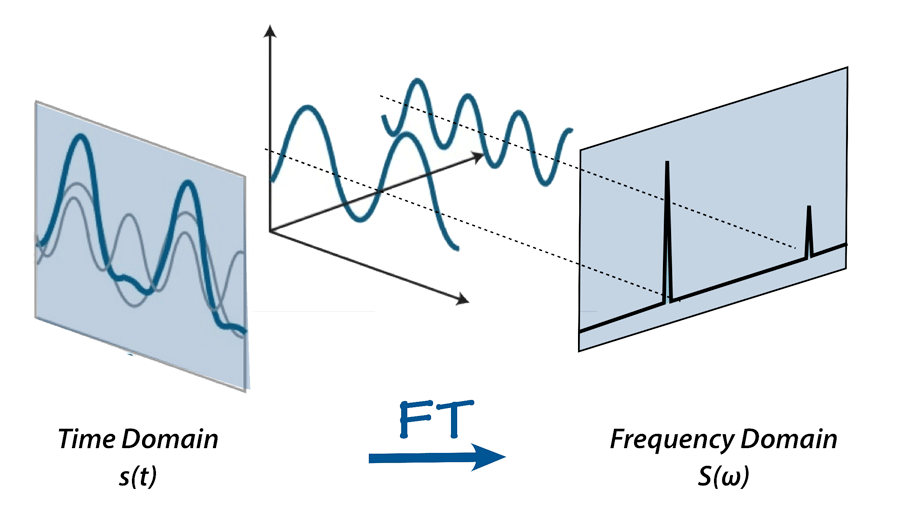Fast Fourier Transformation Program

Main article: By far the most commonly used FFT is the Cooley–Tukey algorithm. This is a that breaks down a DFT of any size N = N 1 N 2 into many smaller DFTs of sizes N 1 and N 2, along with O( N) multiplications by complex traditionally called (after Gentleman and Sande, 1966 ). This method (and the general idea of an FFT) was popularized by a publication of and in 1965, but it was later discovered that those two authors had independently re-invented an algorithm known to around 1805 (and subsequently rediscovered several times in limited forms).

Ebook Mql4 Bahasa Indonesia To English. The best known use of the Cooley–Tukey algorithm is to divide the transform into two pieces of size N/2 at each step, and is therefore limited to power-of-two sizes, but any factorization can be used in general (as was known to both Gauss and Cooley/Tukey ). These are called the radix-2 and mixed-radix cases, respectively (and other variants such as the have their own names as well). Although the basic idea is recursive, most traditional implementations rearrange the algorithm to avoid explicit recursion. Also, because the Cooley–Tukey algorithm breaks the DFT into smaller DFTs, it can be combined arbitrarily with any other algorithm for the DFT, such as those described below. Other FFT algorithms [ ].
Download Fourier Transform for free. Description and detailed explanation on Fourier Transform, some FFT, LPC etc. Runable project demonstrates DCT. Fast Fourier Transforms, free fast fourier transforms software downloads.
Fourier Transforms • 'The Fourier transform has long been used for characterizing linear systems and for identifying the frequency components making up a continuous waveform. However, when the waveform is sampled, or the system is to be analyzed on a digital computer, it is the finite, discrete version of the Fourier transform (DFT) that must be understood and used.
Although most of the properties of the continuous Fourier transform (CFT) are retained, several differences result from the constraint that the DFT must operate on sampled waveforms defined over finite intervals. • 'The fast Fourier transform (FFT) is simply an efficient method for computing the DFT.' ; The Fourier Transform´s ability to represent time-domain data in the frequency domain and vice-versa has many applications.
One of the most frequent applications is analysing the spectral (frequency) energy contained in data that has been sampled at evenly-spaced time intervals. Other applications include fast computation of (linear systems responses,, correlation (time-delay estimation, similarity measurements) and. The fast version of this transform, the Fast Fourier Transform (or FFT) was first developed by and later refined for even greater speed and for use with different data lengths through the 'mixed-radix' algorithm. Snow Leopard Vmdk And Darwin_snow Isotope. Igor computes the FFT using a fast multidimensional prime factor decomposition Cooley-Tukey algorithm.
While the the Fourier Transform is mathematically complicated, Igor´s Fourier Transforms dialog makes it easy to use: Igor´s FFT operation supports advanced calculations, some of which are beyond the scope of the Fourier Transforms dialog: FFT of 2-Dimensional, 3-D, and 4-D data Input Data Length Padding Results as Complex, Real-only, Imaginary-only, Magnitude, Magnitude Squared, or Phase Hypercomplex sine transform Hypercomplex cosine transform In addition to the FFT, Igor provides these other transforms: Discrete Wavelet Transform (DWT) Continuous Wavelet Transform (CWT) References • G.D. Bergland, 'A guided tour of the fast Fourier transform,' IEEE Spectrum 7, 41-52 (1969).
Cooley and John W. Tukey, 'An algorithm for the machine calculation of complex Fourier series,' Math.
19, 297-301 (1965).